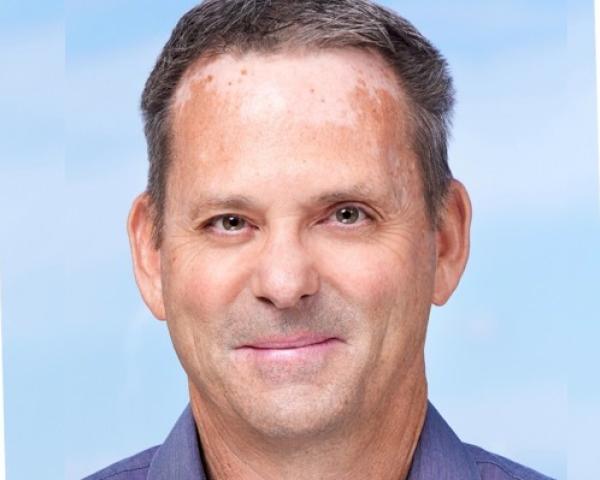More than 15 million people have already lost Medicaid coverage as states unwind pandemic-era protections, and that number could ultimately climb upwards of 30 million people. Almost three quarters (71%) of people whose coverage was terminated were disenrolled for “procedural reasons,” which can include paperwork errors. Many of these people may still be eligible for Medicaid.
Losing Medicaid coverage can be life-threatening for low-income families and people with disabilities. Not only that, but cycling in and out of Medicaid is expensive for state governments, costing up to $773 per person. Continuous coverage for eligible populations benefits everyone by lowering costs and ensuring people have access to the healthcare they need.
Aggressive timelines for redetermining eligibility leave little room for error, especially when data on Medicaid recipients is not always accurate or organized. Many people don’t even realize that they have lost coverage, or that they need to redetermine their eligibility.
With these challenges in mind, here are three steps I believe could minimize loss of coverage during Medicaid unwinding.
See also: How Data & AI Can Shape Group Benefits
Step 1: Use more channels for communication
Staying enrolled in Medicaid can be complicated. Low-income families tend to move frequently, which means states might not have their latest mailing address on file. More than 60% of Medicaid beneficiaries are not even aware that redetermination is happening. When letters do make it to families notifying them they must recertify, they may still struggle to understand and gather the right documents to reapply.
With redetermination stretching limited call center resources even further, people are left with little support in the process. For individuals without internet access, unlimited cell phone minutes, transportation to in-person centers or spare hours to dedicate to being on hold, this presents a unique challenge. Diversifying the communications channel mix is critical.
Instead of relying on mailed redetermination notices, states should meet beneficiaries where they are. For example, they could reach out via text message or phone call, because someone’s phone number is less likely to change than their mailing address.
States could also advertise consumer assistance on channels that are known to reach Medicaid beneficiaries. According to Nielsen, low-income consumers spend about nine hours a month on Facebook, which means targeted ads on social media could go a long way toward reaching them. Additionally, more than half (51%) of daytime television viewers have household incomes under $30,000, which means the audience likely captures a lot of Medicaid beneficiaries.
Modernizing outreach efforts and shifting beyond mail-only will help minimize loss of coverage by ensuring individuals are aware of redetermination, and what steps they need to take.
Step 2: Integrate data across systems
With the modern technology available today, there is no excuse for the volume of Medicaid paperwork problems and procedural disenrollments. Instead of relying on beneficiaries' response to a mailed letter, or live conversations, states could identify people who are still eligible by using data from other government programs. For example, people who are eligible for the Supplemental Nutrition Assistance Program (SNAP) are likely eligible for Medicaid, too.
Technology could also more efficiently manage call centers by collecting consumers' information for callbacks automatically and eliminating the need to wait on hold. Around one third of states have been warned by federal Medicaid officials that their call center wait times are too long, which can cause people to give up. Utah, for example, had an average call center wait time of 35 minutes in May, and one in four callers hung up, according to the Centers for Medicare and Medicaid Services.
Better government data infrastructure and integration could offset lengthy wait times by either eliminating the need for calls altogether or routing people more effectively. However, not all states have the technical capabilities or infrastructure to do this efficiently.
See also: We Must Prescribe Drugs More Accurately
Step 3: Public-private partnerships can help close the communications gap
State governments may not all have the resources or the capabilities to reach consumers where they are or to identify whether beneficiaries remain eligible; however, private businesses have different resources.
Many consumers who lose Medicaid may be eligible to enroll in ACA or Medicare Advantage plans. The government is offering a special enrollment period for anyone losing Medicaid between March 31, 2023, and July 31, 2024, providing 16 months to enroll in a new ACA marketplace plan. Private businesses can reach these individuals efficiently to help them find a new plan and enroll. Insurance agencies and non-profit organizations can also provide much-needed support to Medicaid beneficiaries navigating the renewal process.
Private businesses have an opportunity to step up and provide education and resources to those affected. States should embrace public-private partnerships to maximize outreach around redeterminations and help more people maintain the coverage they need.






